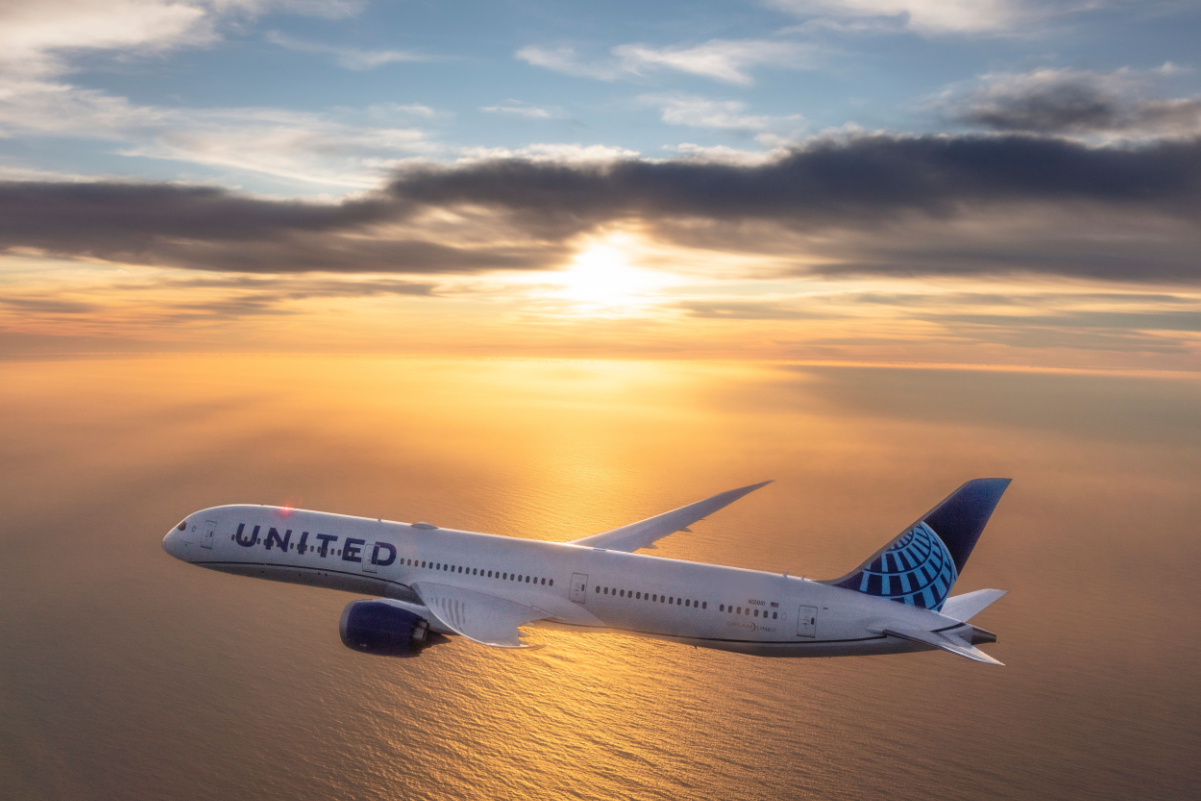Skift Take
Optimism is in the air among United, British Airways, and other airlines. Rightfully so.
“By far the biggest and most impactful question being debated is the question about business travel returning,” said United CEO Scott Kirby. “Put me firmly in the camp it is going to return in full.”
Kirby made the comments as part of a panel of executives that included bosses at British Airways and Easyjet on a CarTrawler webinar Wednesday. They echoed comments Kirby has made on recent investor calls.
The optimism impacts United’s thinking about its fleet.
“A number of our competitors in the U.S. and internationally, as the pandemic deepened, particularly as the second wave hit, decided to retire a bunch of their airplanes,” Kirby said. “We didn’t retire any airplanes, and we viewed it as an opportunity to actually double down and turn right when everyone else was turning left.”
The carrier even made a historic order for more. It has net added “more than 500 aircraft” to its fleet, including the orders, Kirby said.
“That’s the right call,” Kirby said. “Demand is going to be robust, and we’re going to be able to grow. If we can do it at the same time everyone else is constrained and unable to grow, it just creates a unique opportunity for United Airlines. So we’re really quite bullish.”
CEO of British Airways Sean Doyle echoed Kirby’s optimism. Doyle said the airline saw a bump once the UK reopened its borders recently.
“It was quicker than we expected,” Doyle said. “We saw a massive recovery, and week by week, the corporate segment grew by about eight [percentage] points.”
“Small-to-medium enterprises were quicker out of the traps, and they were pacing ahead of what we would call the corporates that we don’t have a relationship with,” Doyle said. “The big managed corporates were a little bit slower and that was driven, I think, by office policies.”
Sophie Dekkers, the chief commercial officer of Easyjet, also echoed the optimism.
“Last week, 21 percent of our traffic was business,” Dekker said. “Pre-pandemic, about 19 percent was business. Now granted, leisure has dropped slightly. But we are proportionately still seeing business travel on short-haul still at similar levels.”
Premium Versus Non-Premium
Willie Walsh, who is director-general of the International Air Transport Association (IATA) and, until 2020, was CEO of International Airlines Group, echoed Kirby’s optimism.
“We look at it not from a business and leisure perspective but from a premium and non-premium one,” Walsh said. “When we look at premium and non-premium, the pace of recovery of premium has been exactly the same as non-premium in international markets as we’ve gone through 2021 — which has surprised me.”
Toward the end of the year, IATA saw premium travel purchases recovering at a slightly faster pace than non-premium. That pattern coincidentally echos with the reporting in Skift’s 2022 Travel Megatrend, “The Rise of Premium Leisure Air Travel.”
Flyers Willing to Pay More and Buy Upsells
The executives were commenting on a research report published Wednesday by CarTrawler, a Dublin-based tech vendor specializing in car rental cross-selling.
United and other airlines have recently signed deals with CarTrawler to use its technology to help upsell passengers on car rentals and other mobility ancillaries.
For example, under a partnership with United announced in November, the airline will integrate CarTrawler’s technology across its site and app, letting passengers book cars through United’s partner Avis Budget.
The technology analyzes customer and flight data in a promise to provide more relevant offers than what a carrier’s in-house tech might come up with.
Ancillaries have growth potential, the executives said.
“We’re seeing attach rates continue to soar,” said Frederic Lalonde, CEO of Hopper, an online travel agency. “Pre-pandemic, call it 33 percent of all the airfares, hotels, and car rentals we sold would have had a flexibility product attached to it. Now we’re looking at 43 percent to 45 percent.”
Most of Hopper’s consumers are Gen Z or millennials who are less personally exposed to the health risks of the pandemic and who tend to be more price-conscious, leisure travelers.
Yet despite those caveats, the company is seeing that customers who buy trip-protection, price-protection, and similar products repeat doing so on future trips about 90 percent of the time, and the company claims an 87 percent average repeat rate on these products.
Lalonde said consumers are adding about $40 worth of extra spending for flexibility on domestic U.S. trips averaging about $320 to $340 in cost via Hopper.
Lalonde also said Hopper has been seeing domestic airfares in the U.S. rise about 6 percent a month on average without the inflation deterring demand.
“There’s so much pent-up savings among consumers that we’re entering into a super-cycle for travel demand in the next year or two,” Lalonde said.
The Daily Newsletter
Our daily coverage of the global travel industry. Written by editors and analysts from across Skift’s brands.
Have a confidential tip for Skift? Get in touch
Tags: ancillary revenue, british airways, business travel, car rentals, cartrawler, coronavirus recovery, corporate travel, easyjet, iata, surveys, united airlines
Photo credit: A United Airlines Boeing 787 in flight. Source: United. United Airlines
